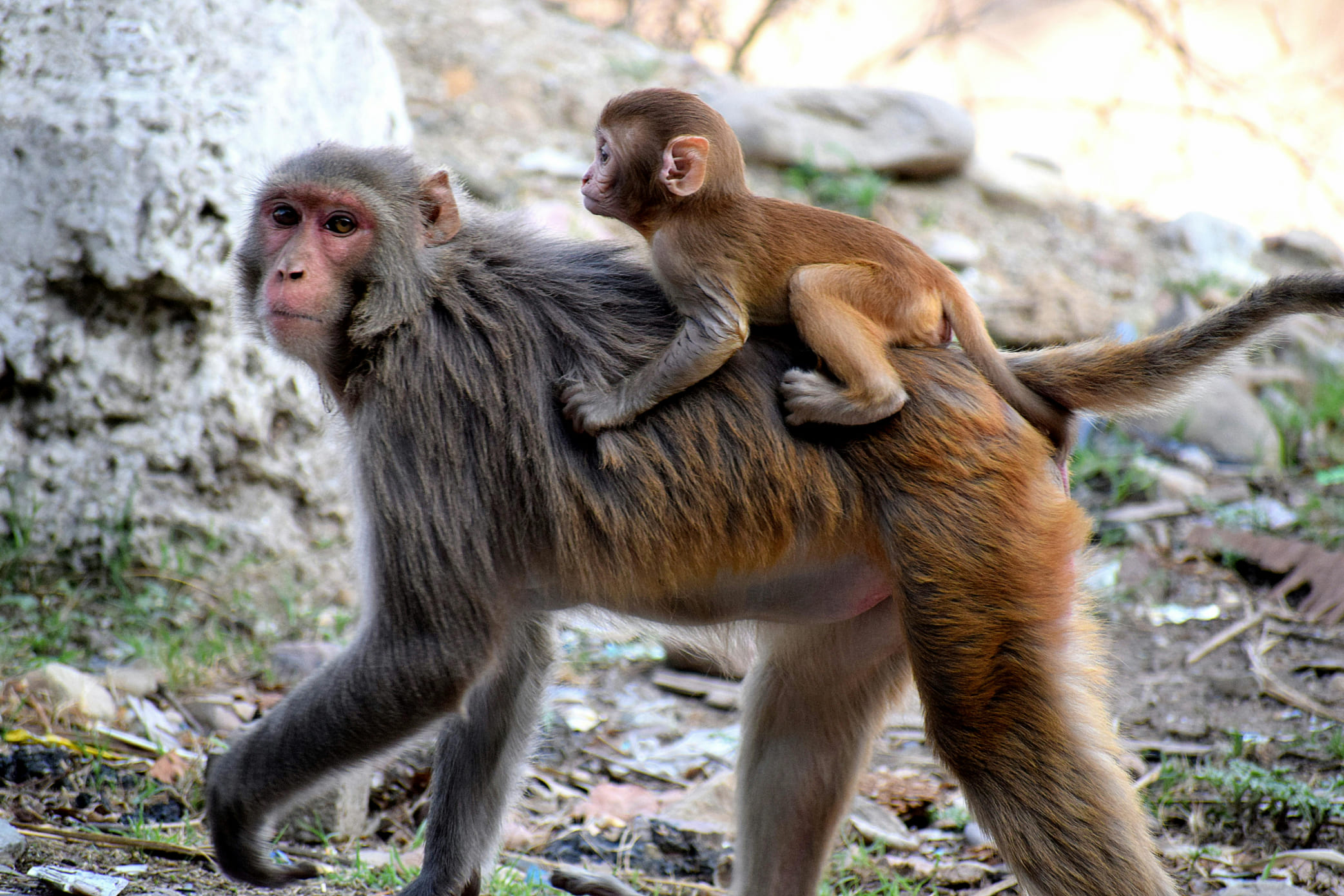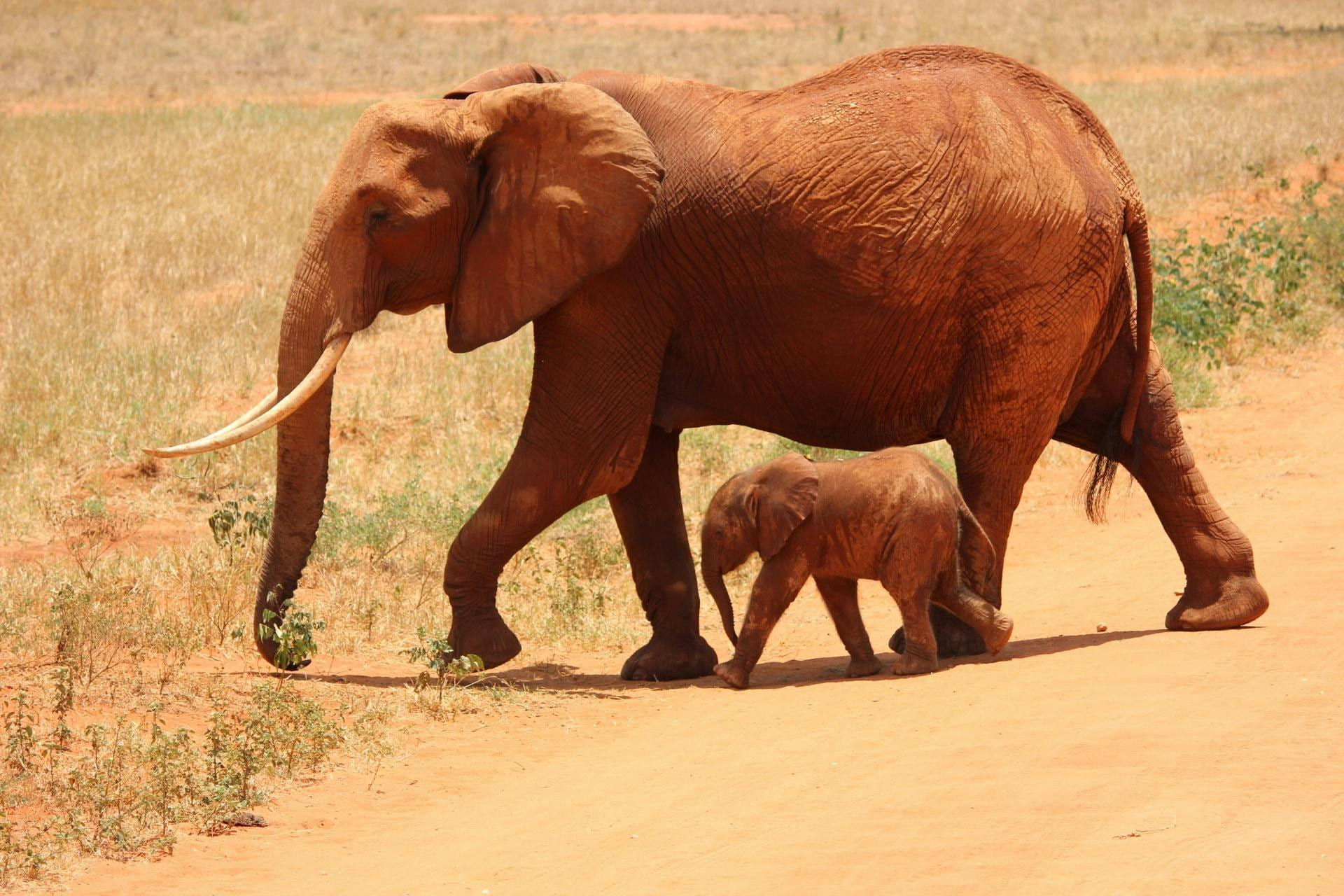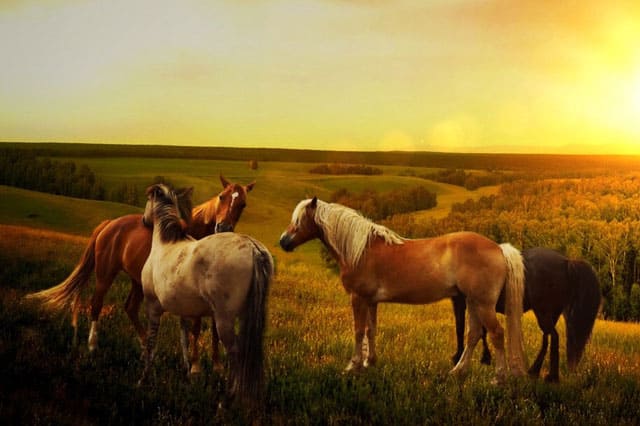Animal Intelligence and Problem-Solving
Many animals demonstrate remarkable intelligence, from solving puzzles to using tools. This cognitive ability allows them to adapt to changing environments, find food, and communicate with others. Studying animal intelligence gives us a deeper appreciation for the mental capacities of non-human species.





